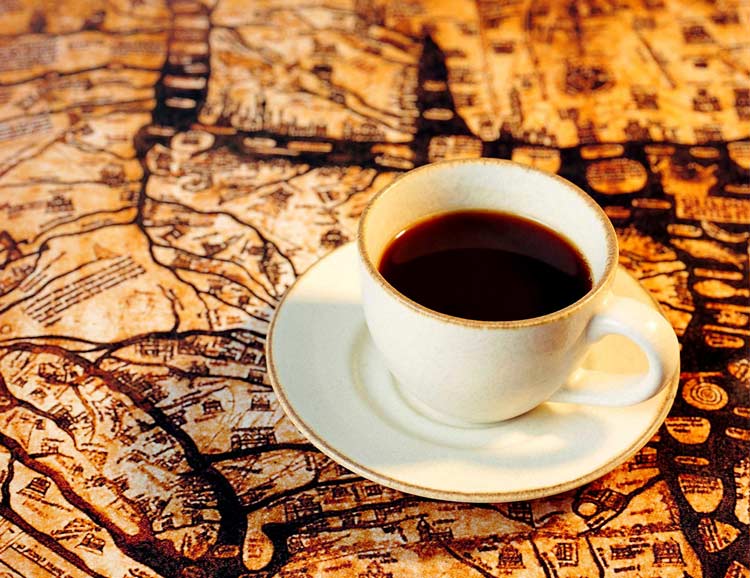Brewing
How to Brew Coffee

If you are reading this blog you are probably pretty into coffee like us. You may be on that never ending quest to find the perfect cup or you may be learning how to brew coffee for the first time. Check the following factors of your brewing method to obtain the perfect cup of coffee.
Tips on How to Brew Coffee
- The water quality. Use filtered or bottled water if your tap water is not good or imparts a strong odor or taste, such as chlorine. Be sure to use cold water. Do not use distilled or softened water.
- Coffee-to-water ratio. Use the proper amount of coffee for every six ounces of water that is actually brewed, remembering that some water is lost to evaporation in certain brewing methods. A general guideline is 1 to 2 tablespoons of ground coffee for every six ounces of water. This can be adjusted to suit individual taste preferences.
- Coffee particle size. If you purchase whole bean coffee, always grind your beans as close to the brew time as possible. A burr or mill grinder is preferable because all of the coffee is ground to a consistent size. A blade grinder is less preferable because some coffee will be ground more finely than the rest. If you normally grind your coffee at home with a blade grinder, try having it ground at the store with a burr grinder. You may be surprised at the difference! If your coffee tastes bitter, it may be overextracted, or ground too fine. On the other hand, if your coffee tastes flat, it may be underextracted, meaning that your grind is too coarse.
- The Water Temperature. Your brewer should maintain a water temperature between 195 – 205 degrees Fahrenheit for optimal extraction. Colder water will result in flat, underextracted coffee while water that is too hot will also cause a loss of quality in the taste of the coffee.
- Contact time. If the taste of your coffee is not optimal, it is possible that you are either overextracting (the brew time is too long) or underextracting (the brew time is too short) your coffee. Experiment with the contact time until you can make a cup of coffee that suits your tastes perfectly.
- The quality of the coffee you are using. If you’re enjoying a Driven coffee then you have nothing to worry about here! Besides the brand of the coffee, the roast level will also have a tremendous effect on the taste. Some roast levels perform better in different brew methods. Lighter roasts can taste aggressively bright and some pour over methods don’t really showcase the caramelized sweetness in darker roasts.
- The cleanliness of the brewing equipment. Cleanliness is godliness. Preparing coffee from dirty equipment is like drinking coffee from a dirty cup! Make sure there are no old grounds collected on your brewer or any coffee oil buildup.
After Your Coffee Has Been Brewed. Brewed coffee should be enjoyed immediately! Pour it into a warmed mug or coffee cup so that it will maintain its temperature as long as possible. Coffee is only fresh for about 10 minutes. Try to make the right amount of coffee so you are drinking fresh brewed coffee more often.

More from Our Blog
The Decaf Decoded: How is Coffee Decaffeinated?
Despite the cry of some coffee aficionados that coffee without caffeine is not worth having,...
Nov
Counting Calories? Here’s What’s Really in Your Cup of Coffee.
While there is no such thing as a zero calorie cup of coffee, a cup...
Oct
Driven Coffee’s Guide to Corporate Coffee Gifts
The Perfect Boost for Clients and Employees We get it: thanks to the internet, you’ve...
Oct
Perfectly Brewed: How Many Scoops of Coffee Do You Need?
We’ve all been there. You find yourself staring at an empty coffee pot, and you’re...
Oct
Elevating Coffee Experiences: Driven Coffee Roasters Welcomes Pink House Alchemy
At Driven Coffee Roasters, we are unwavering in our commitment to delivering the very best...
Jul
French Press Recipe: A Clean and Flavorful Brew
As spring unfolds in Minnesota, we at Driven Coffee Roasters are embracing the longer days...
Apr